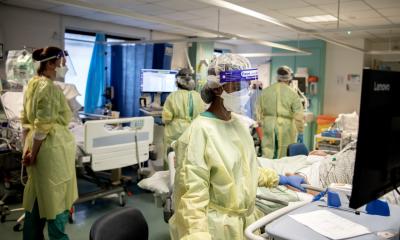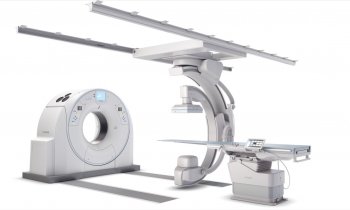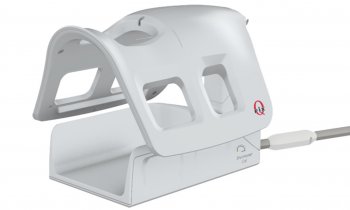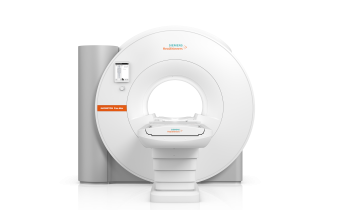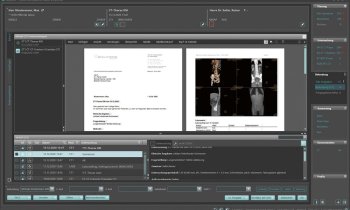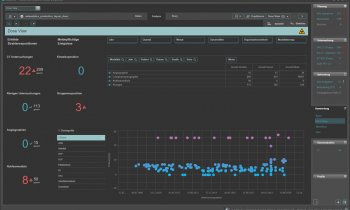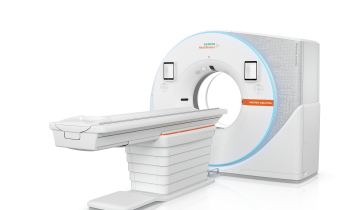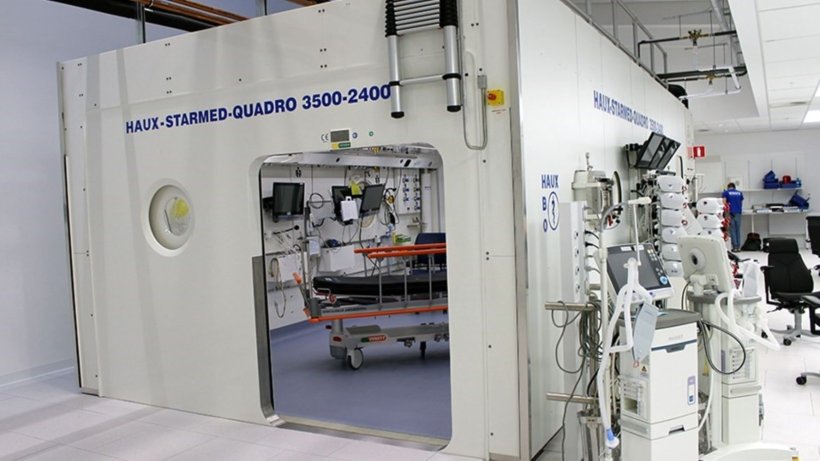
Image source: University of Gothenburg; photo: Anders Kjellberg
News • Side effect mitigation
Hyperbaric oxygen therapy provides lasting relief from radiotherapy
Hyperbaric oxygen treatment provides long-term relief for patients suffering from late radiation-induced injuries after treatment of cancer in the lower abdominal area.
Five years after hyperbaric oxygen therapy, the positive effects remain. This has been shown in a study conducted at the University of Gothenburg. The results were now published in The Lancet eClinicalMedicine.
Radiation therapy is a component of many cancer treatments in organs such as the prostate, colon, ovaries and cervix. While tumor cells are destroyed, 5-10% of patients experience severe side effects due to healthy tissue being affected by the radiation therapy.
Now we know that this pronounced improvement last for at least five years. The treatment can therefore lead to the healing of an otherwise chronic injury
Nicklas Oscarsson
Symptoms may include urinary incontinence, bleeding and severe pain from the lower abdomen that becomes both physically and socially disabling. These problems can occur several years after radiation therapy and cause chronic and increasing discomfort. Researchers have previously shown that patients experience significantly less discomfort after hyperbaric oxygen treatment. The question in the current study was whether the relief would last over several years. The time aspect is important for future decisions on broader use of the method.
Initially, all participants had severe symptoms. The group that was randomly assigned to hyperbaric oxygen treatment fared significantly better than the control group in terms of incontinence, bleeding and pain. The positive effects were sustained over the five year follow-up period.

Image source: University of Gothenburg; photo: Rebecca Landmér
Nicklas Oscarsson, senior consultant in anesthesiology and intensive care, and researcher at the University of Gothenburg and Sahlgrenska University Hospital was the principle investigator of the study: “Patients who respond to treatment go from being very distressed by their symptoms and restricted by their need to have quick access to a toilet, to being able to live a fully normal life. Now we know that this pronounced improvement last for at least five years. The treatment can therefore lead to the healing of an otherwise chronic injury,” he states.
The effects achieved are due to cells sensing and adapting to high oxygen levels. The increased levels of oxygen provided in a hyperbaric chamber increases vascular growth and stops chronic inflammation, reducing severe side effects. For the oxygen treatments, participants spent 90 minutes per day in a hyperbaric chamber on 30-40 occasions. The pressure corresponded to that prevailing 14 meters below the surface of water. The control group received the usual treatment, which normally includes medication and physiotherapy for example.
“We have reason to believe that there are many patients with severe symptoms who are never referred to hyperbaric oxygen therapy. Today we already have the capacity to treat more patients, but we need to be better at sharing our knowledge with our colleagues and with patient associations,” says Nicklas Oscarsson.
Severe side effects after radiation therapy are one of the main limitations on the dose of radiation that can be given in cancer treatment. The availability of a treatment that can reduce the number of people affected by these side effects opens the door to increased radiation doses and thus more curable tumors. One area for further investigation, according to the researchers, is whether early treatment with hyperbaric oxygen can prevent the occurrence of severe side effects.
The results are based on surveys and analyses of the participants who have been involved all the way, 70 adults. The treatments were conducted at five university hospitals in the Nordic countries: Rigshospitalet in Denmark, Turku in Finland, Haukeland in Norway, and Karolinska and Sahlgrenska in Sweden.
Source: University of Gothenburg
24.04.2025





